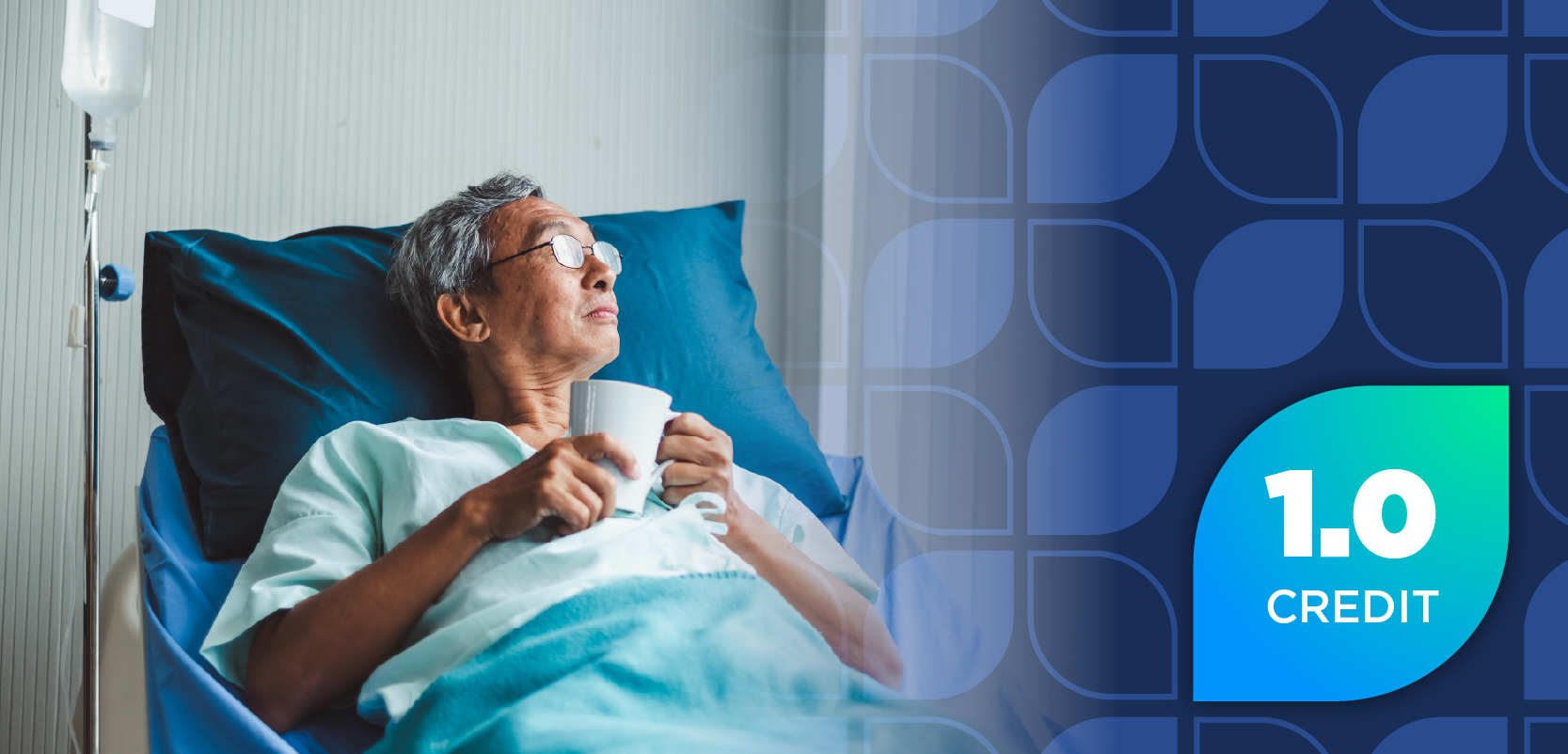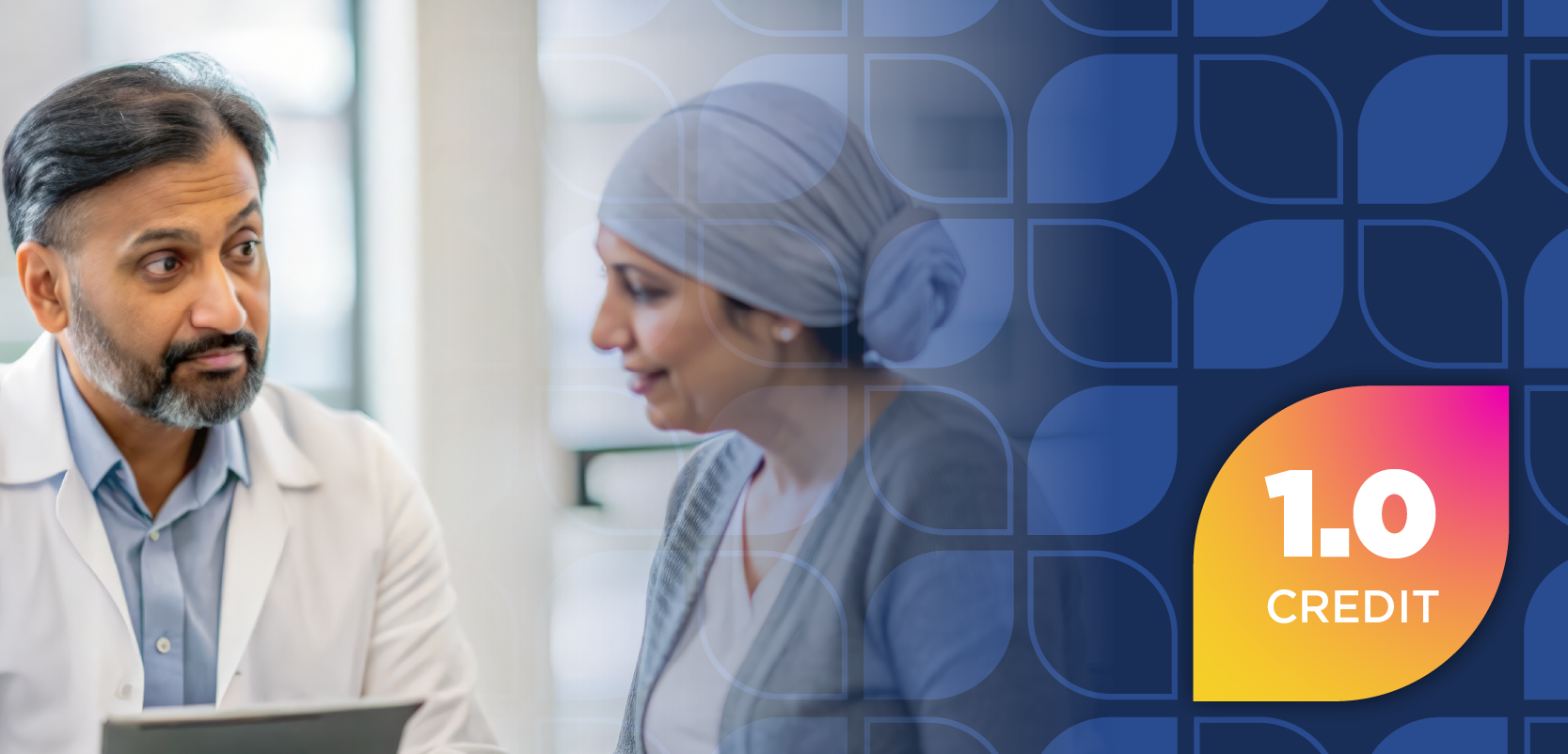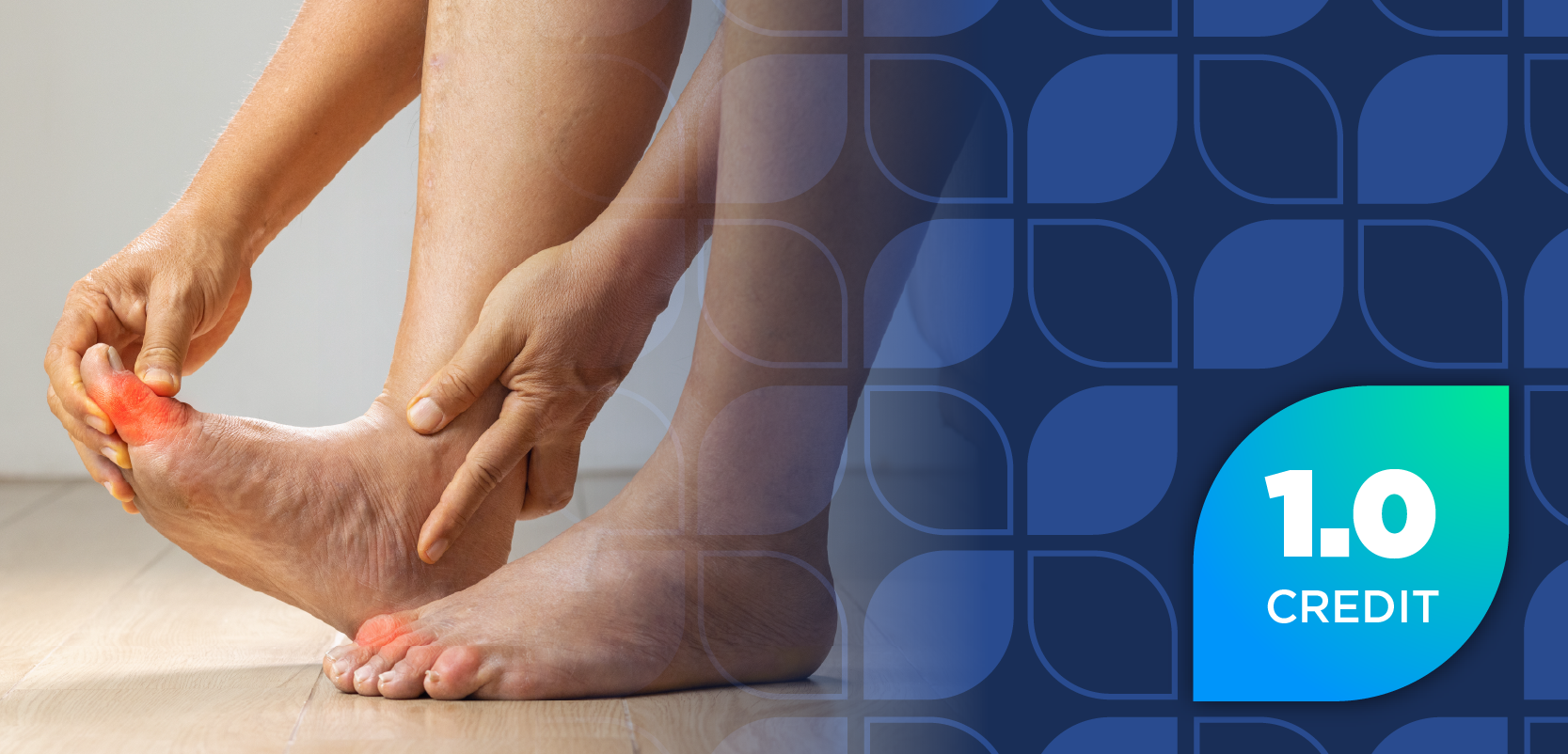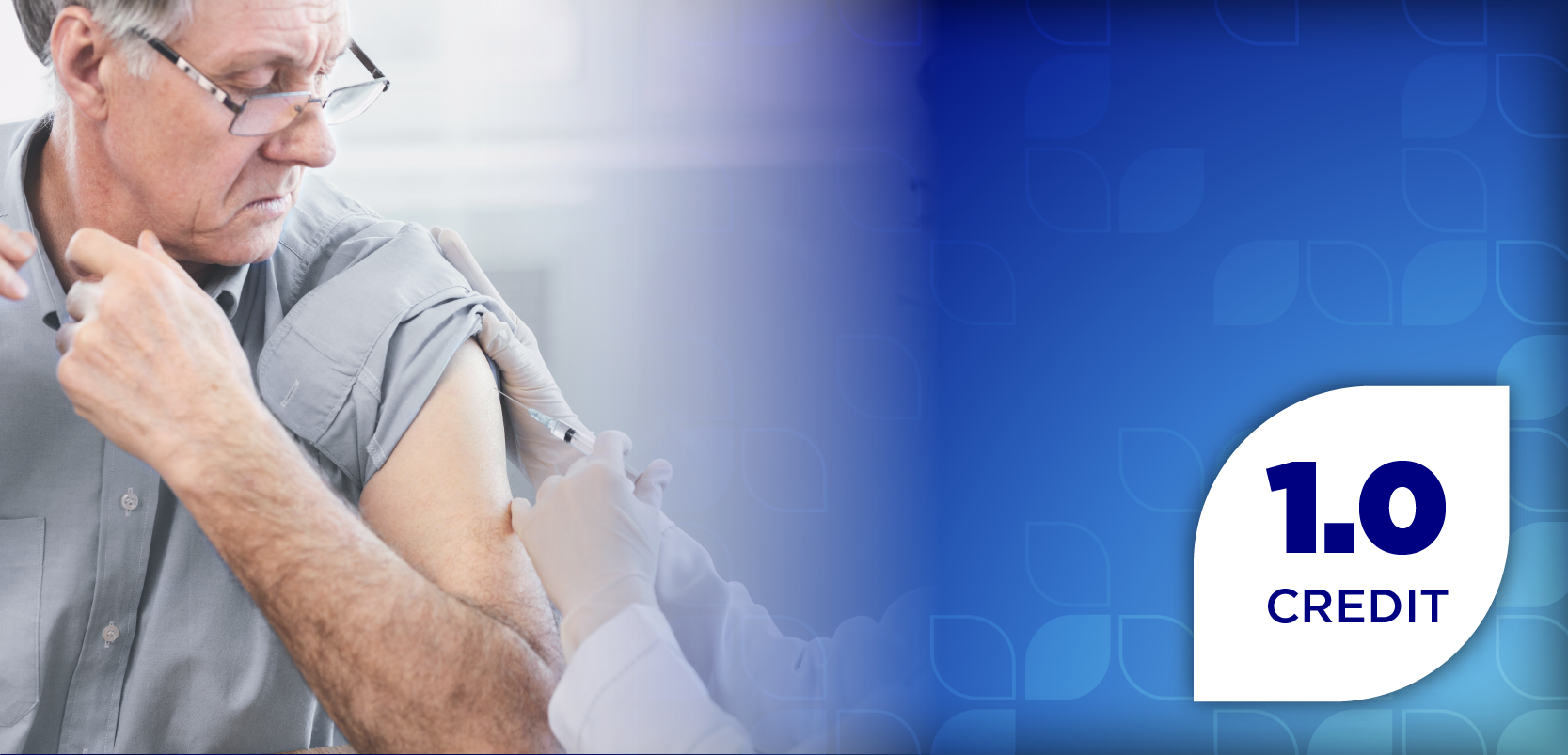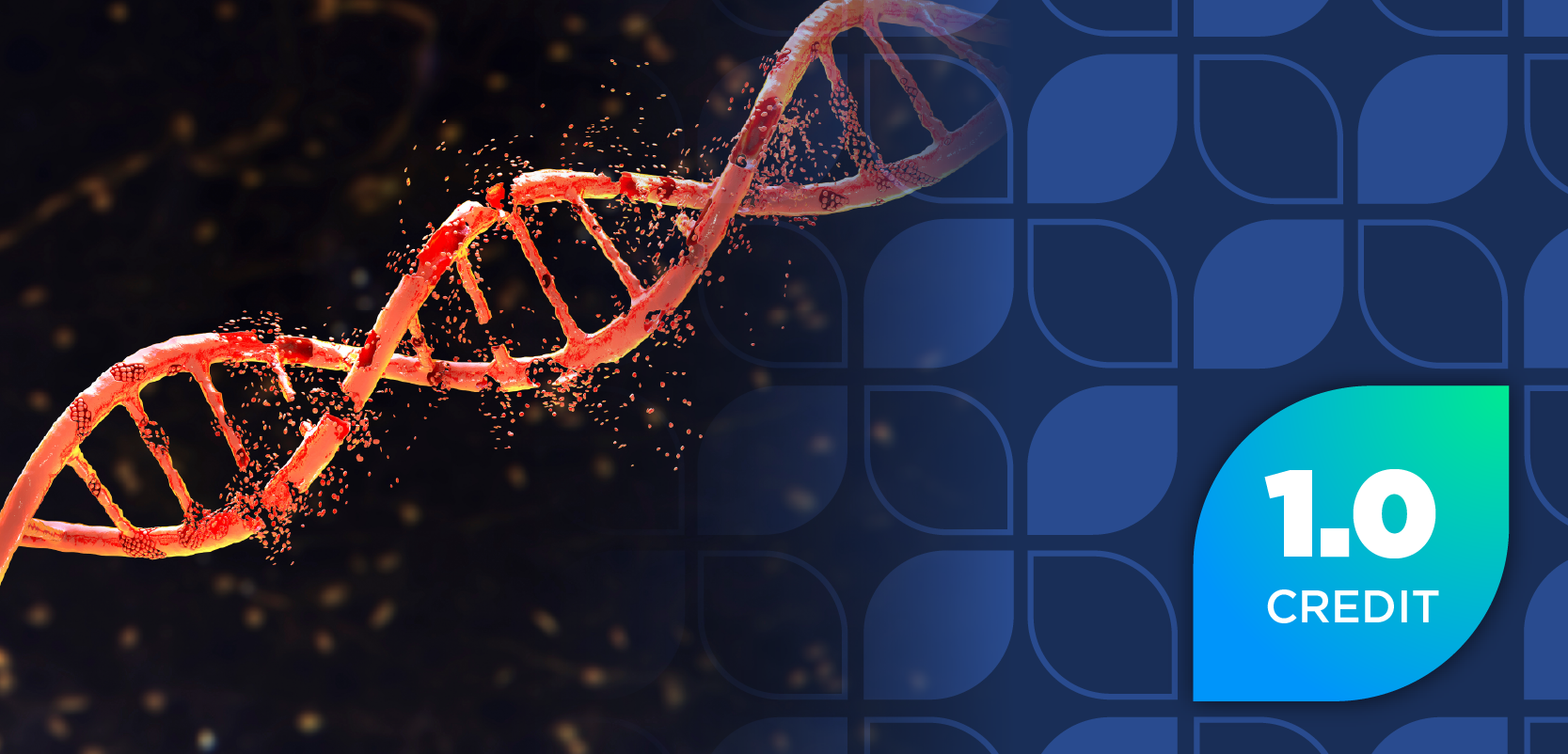
Frequent Continuous Glucose Monitoring Linked to Greater HbA1C Reductions in Adults With T2D
Key Takeaways
- Consistent CGM use, over 270 days annually, leads to significant HbA1c reductions in adults with type 2 diabetes compared to less frequent users or non-users.
- The American Diabetes Association recommends CGM as standard care for all insulin therapy patients and suggests early initiation in T2D treatment.
Consistent use of continuous glucose monitoring (CGM) significantly improves glycemic control in adults with type 2 diabetes (T2D).
New study findings published by investigators in JAMA Network Open highlight the benefits of consistent continuous glucose monitoring (CGM) use among adults with type 2 diabetes (T2D). The researchers found that patients who used CGM sensors frequently, or over 270 days per year, achieved significantly greater reductions in hemoglobin A1C (HbA1c) compared with individuals who used CGMs less often or not at all.1
CGM Use For Blood Glucose
CGMs provide real-time updates through a device attached to the body, allowing an individual to see if they are trending high or low in their blood glucose levels and determine whether preventative measures should be taken. These real-time results from CGMs have led to significantly improved outcomes for individuals with diabetes who may have experienced severe complications without a CGM, according to the American Diabetes Association (ADA).2
The ADA recommends CGM as the standard of care for all individuals receiving either intensive or nonintensive insulin therapy. They also encourage health care providers to consider starting CGM in adults with T2D early in treatment, even at the time of diagnosis.3
“Advances in CGM technology have made [all] our lives easier, and that [includes] people with diabetes. Insulin administration and blood glucose monitoring have transformed from multiple finger pricks in a day to a few swipes on a cell phone,” said researchers from the American Diabetes Association.3
What is CGM Frequency With Glycemic Status Versus No CGM Use?
In a retrospective, propensity score-matched, cross-sectional study, researchers aimed to assess how the frequency of CGM use affects glycemic control over 12 months compared with no CGM use. The analysis used Optum deidentified Market Clarity Data from 2019 to 2023. The study included 9258 adults aged 18 years or older with T2D and baseline HbA1c levels between 7% and 15%, with data collected for 6 months before and 12 months after the start of CGM use.1
The average age of participants was 55.9 years, and individuals were divided among 4 CGM frequency groups and a control group. CGM use was grouped by annual sensor days, from 1 to over 270, and users were compared with matched nonusers. The study followed STROBE guidelines, according to the investigators.1
The results demonstrated that patients with the highest CGM use, over 270 days per year, showed the greatest HbA1c reductions after 12 months compared with those not using CGM, with 1.52% and 0.63% reductions, respectively. Most HbA1c improvements occurred within the first 3 months, with sustained benefits displayed in the lowest and highest frequency groups.1,2
“It was not surprising to see that the largest reductions in HbA1c were achieved among patients in the frequency 4 cohort who used their CGM sensors 75% or more of days over the 12-month period,” the authors said in their discussion.1
Further results demonstrated that adding a glucagon-like-peptide (GLP-1) receptor agonist in the highest-use group further enhanced HbA1c reductions by 1.13% at 12 months compared with the control group.1
“We observed greater and sustained improvements in glycemic control with high frequency of CGM use in adults with type 2 diabetes treated with different medications when compared with no CGM use,” the authors said in the study.1
The findings suggest that maintaining consistent CGM use, particularly within the first 6 months after initiation, may be essential to improving long-term glycemic control. The study authors noted that additional trials are needed to further develop their findings.1
REFERENCES
1. Hirsch IB, Garg SK, Repetto E, et al. Continuous Glucose Monitoring Frequency and Glycemic Control in People With Type 2 Diabetes. JAMA Netw Open. 2025;8(10):e2539278. doi:10.1001/jamanetworkopen.2025.39278
2. Continuous Glucose Monitors. American Diabetes Association. Accessed November 7, 2025. https://diabetes.org/advocacy/cgm-continuous-glucose-monitors
Newsletter
Stay informed on drug updates, treatment guidelines, and pharmacy practice trends—subscribe to Pharmacy Times for weekly clinical insights.





